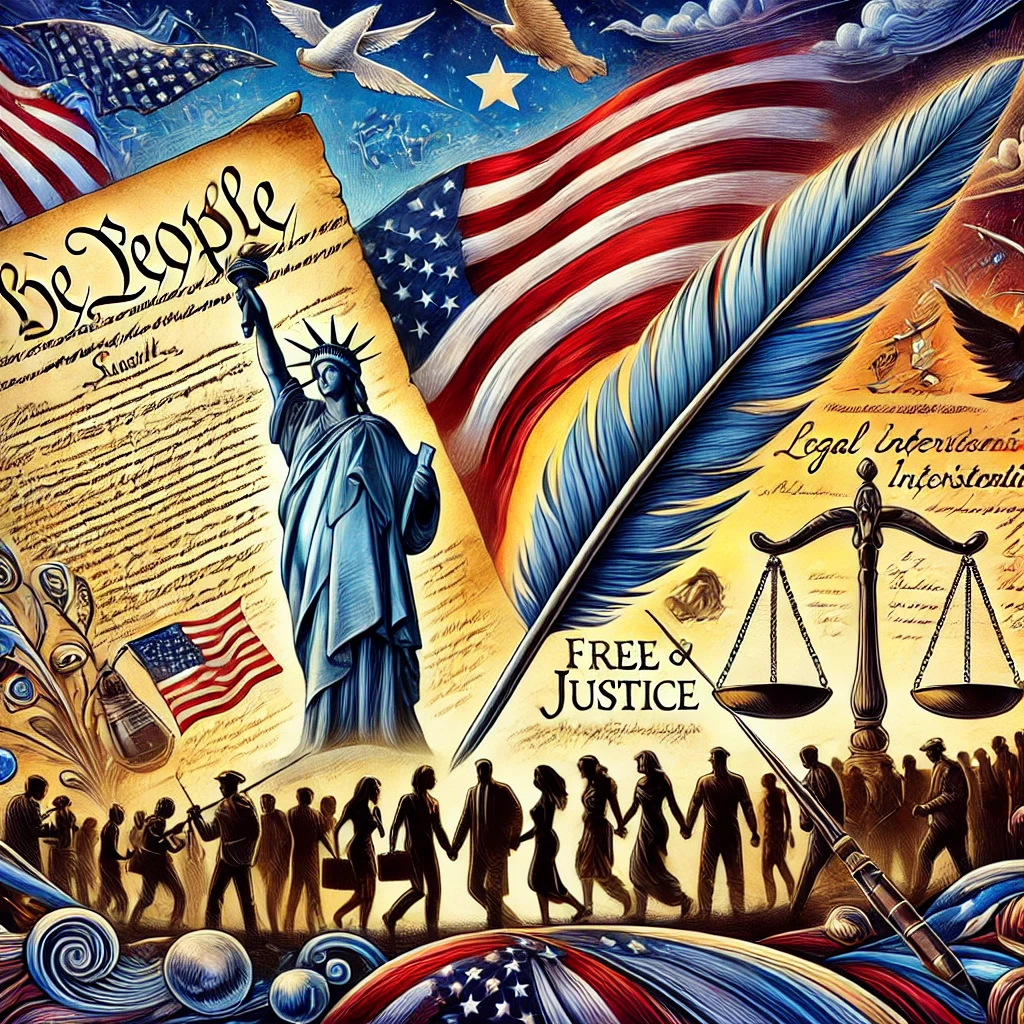The Second Amendment to the United States Constitution is a fundamental part of American law and culture, safeguarding the right to keep and bear arms. Understanding its origins, the intentions of the Founding Fathers, and its interpretation over time is essential to comprehending its role in society.
Text of the Second Amendment
The Second Amendment states:
“A well regulated Militia, being necessary to the security of a free State, the right of the people to keep and bear Arms, shall not be infringed.”
Original Intent
The Founding Fathers included the Second Amendment in the Bill of Rights to ensure that citizens could defend themselves and their country. Having recently fought for independence, they recognized the importance of an armed populace in deterring tyranny and protecting personal freedoms. The reference to a “well regulated Militia” highlights the belief that a prepared and armed citizenry was vital for the nation’s security.
References in the Federalist Papers
In Federalist No. 46, James Madison discussed the advantage of being armed, which Americans possessed over the people of almost every other nation. He argued that this armed populace would serve as a check against potential government overreach, ensuring that the federal government could not overpower the states or the people.
Key Supreme Court Cases
The interpretation of the Second Amendment has evolved through various Supreme Court decisions:
- United States v. Miller (1939): The Court held that the Second Amendment does not guarantee an individual the right to keep and bear a sawed-off double-barrel shotgun, as it does not have a reasonable relationship to the preservation or efficiency of a well-regulated militia.
- District of Columbia v. Heller (2008): This landmark case affirmed that the Second Amendment protects an individual’s right to possess a firearm unconnected with service in a militia and to use that arm for traditionally lawful purposes, such as self-defense within the home.
- McDonald v. City of Chicago (2010): The Court ruled that the Second Amendment’s protections apply to the states through the Fourteenth Amendment, thereby limiting state and local governments from infringing upon this right.
- New York State Rifle & Pistol Association Inc. v. Bruen (2022): The Court held that the Second and Fourteenth Amendments protect an individual’s right to carry a handgun for … , striking down New York’s requirement for applicants to show proper cause to obtain a concealed carry license.
- United States v. Rahimi (2024): The Court upheld a federal law prohibiting individuals under domestic violence restraining orders from possessing firearms, ruling that such restrictions are consistent with the Second Amendment.
Legal Findings Supporting the Second Amendment
The Supreme Court has consistently interpreted the Second Amendment to protect individual rights while allowing for certain regulations:
- Individual Right: In Heller, the Court recognized an individual’s right to possess firearms for lawful purposes, such as self-defense within the home.
- Incorporation Doctrine: Through McDonald, the Court applied the Second Amendment to the states, ensuring that state and local governments cannot infringe upon this right.
- Public Carry: The Bruen decision extended the right to carry firearms outside the home for self-defense, emphasizing that the Second Amendment protects carrying handguns in public.
- Regulations: Despite these protections, the Court has acknowledged that the right is not unlimited. In Heller, Justice Scalia noted that certain longstanding prohibitions, such as those forbidding the possession of firearms by felons and the mentally ill, or laws imposing conditions on the commercial sale of arms, are presumptively lawful.
Conclusion
The Second Amendment remains a vital component of American law, balancing individual rights with public safety. Its interpretation has evolved through landmark Supreme Court cases, reflecting the dynamic nature of society while steadfastly protecting fundamental freedoms.


